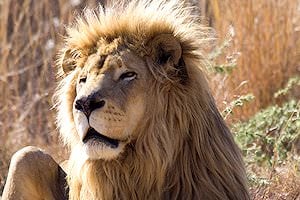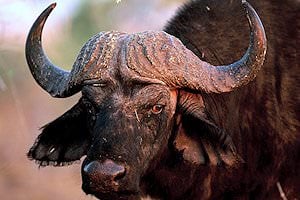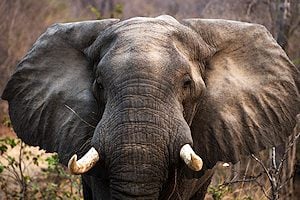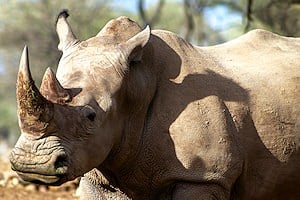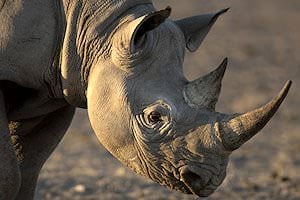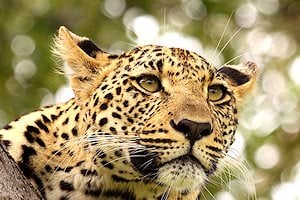White-tailed Mongoose
The white-tailed mongoose is the largest mongoose species in the world and is common across the African continent. You will likely encounter these critters when staying in the Kruger National Park.
Need Advice?The white-tailed mongoose is the largest mongoose species in the world and is common across the African continent. You will likely encounter these critters when staying in the Kruger National Park.
Need Advice?They have a unique white, long and bushy tail. Its torso and back are grey with a lighter, warmer orange-brown undercoat shining through.

Its range stretches from the southernmost parts of KwaZulu-Natal in South Africa along the coast towards Somalia. Inland they occur in Zimbabwe, northern Namibia, and Botswana. Their range excludes the Namib Desert and most of the Cape.

After a recent reassessment of previously collected data, environmentalists have concluded that the conservation status of this species, like all other mongoose species found in the Kruger National Park, is no cause for concern. Their broad range across Africa and their substantial populations in protected areas have made these animals a very stable species in the future.

Like other mongooses, they live in varied habitats. Savannah areas, woodland areas, and even grasslands are all home to populations of white-tailed mongoose. This specie does not favor wetter, more moist, and humid areas. Semidesert and desert regions are also excluded from their preferred habitats.

Solitary mongooses sleep during the day and forage for food at night. Only an estimated 13% of the total population of these animals is known to live in groups. They are territorial and scent mark through the use of various glands, with a preference for anal gland marking, most probably because of its potency.
We recommend the following National Parks and Private Reserves for the best chances of spotting the white tailed mongoose on safari game drives and bush walks.

They are known to walk in a zigzag pattern when foraging, stopping now and again to check for predators. They mutter when harvesting insects that need to be dug out from under rocks and walk throughout their entire home range during one evening's foraging.

White-tailed mongooses have seldom been seen or recorded mating. Little is known about their courtship except that they mate many times within half an hour, and the female end's copulation each time. Mating occurs in the dry season, just in time for their litter of 1 to 3 young to be born during the wet season. They mate only once annually.

When attacked, their initial reaction is to freeze before running for cover. When their attackers catch up, they immediately start their very well-rehearsed intimidation act, erecting all the hair on their backs and their tails to make them seem larger than they are. What follows is a fowl-smelling wave of heavy anal sac secreting.





This website uses cookies. To learn more about how we use cookies, please view our Privacy Policy. By clicking "I Accept" on this banner, you consent to the use of cookies unless you have disabled them.
